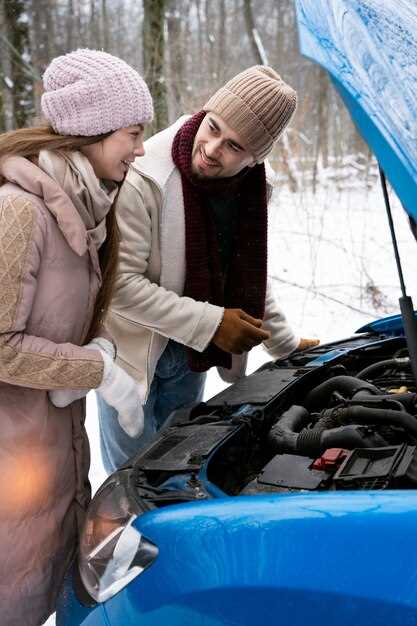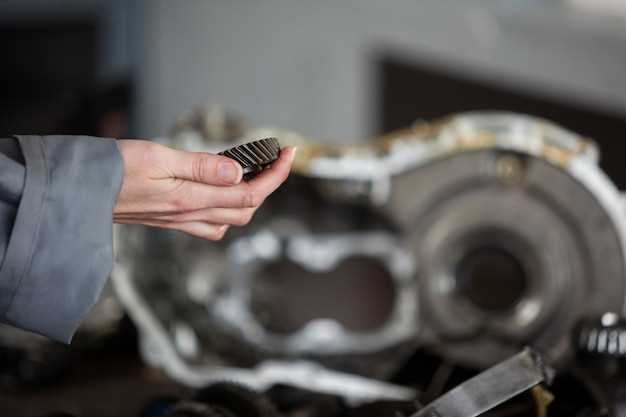
Top signs of engine overheating and how to prevent it
- Dominique Kaye
- 0
- Posted on

Engine overheating is a critical issue that can lead to severe damage if not promptly addressed. Recognizing the signs of overheating can save your vehicle from costly repairs and ensure your safety on the road. Understanding the early indicators, such as rising temperature gauges or steam from the hood, is essential for every driver.
In addition to identifying the signs, knowing how to prevent engine overheating is equally crucial. Regular maintenance, including checking coolant levels and inspecting the radiator, can help keep your engine at the proper temperature. Implementing simple habits, like avoiding heavy traffic and not overloading your vehicle, contributes significantly to preventing overheating.
In this article, we will explore the key signs of engine overheating, delve into effective prevention methods, and empower you with knowledge to keep your vehicle running smoothly. Your engine’s health directly affects your vehicle’s performance, making it vital to stay informed and proactive.
Identifying Critical Symptoms of Engine Overheating
Recognizing the early signs of engine overheating is crucial for maintaining vehicle health and preventing severe damage. One of the first symptoms to watch for is the temperature gauge on the dashboard. If the needle consistently approaches the red zone or the warning light illuminates, it indicates that the engine is operating at dangerously high temperatures.
Another clear indicator is steam or smoke rising from under the hood. This can be due to coolant boiling over or other components reaching extreme temperatures. It’s essential to stop the vehicle immediately if you detect this symptom to avoid catastrophic failure.
Unusual sounds such as knocking or pinging can also signal overheating. These sounds may occur when engine components expand and create friction or when the oil breaks down due to excessive heat. Additionally, a burning smell, especially if it’s associated with fluid leaks, suggests that critical engine parts may be compromising due to overheating conditions.
Pay attention to a decrease in engine performance. If you notice sluggish acceleration, stalling, or difficulty maintaining speed, it could be a result of overheating affecting engine efficiency. Another symptom is fluctuating power levels or a sudden loss of power, which may indicate that the engine is struggling to cope with high temperatures.
Finally, check for coolant leaks or diminished coolant levels. A visible leak can often indicate a problem with the cooling system, contributing to overheating. These symptoms, if ignored, may lead to severe engine damage, so timely identification and action are essential.
Immediate Actions to Take When Engine Overheating Occurs

When your engine starts to overheat, prompt action is essential to prevent serious damage. Begin by turning off the air conditioning to reduce engine load; this can help the engine cool down more effectively.
Next, find a safe spot to pull over. Avoid stopping on highways or busy roads; instead, look for a parking lot or a scenic area where you can assess the situation safely. Once parked, turn off the engine. This stops additional heat from being generated.
After the engine has been turned off, allow it to cool for at least 15-30 minutes before attempting to check the coolant levels. Opening the hood helps heat dissipate more quickly. Remember to use a cloth or glove when checking the radiator cap, as the system may still be under pressure and could cause burns.
If necessary, check the coolant reservoir. If the level is low, add the appropriate coolant mixture when the engine is cool. Ensure that you are using the recommended coolant type for your vehicle to avoid further complications.
If the coolant is sufficient and the engine remains hot, it may be indicative of other issues such as a failing thermostat, a blocked radiator, or a malfunctioning water pump. In such cases, it’s best to call for professional assistance rather than attempting to drive the vehicle further.
Finally, keep a check on engine temperature gauges and warning lights even after you have managed the immediate situation. Understanding the signs of potential overheating will help prevent future incidents and keep your vehicle running smoothly.
Best Practices for Maintaining Coolant Levels and Quality

Regularly checking and maintaining coolant levels is essential to prevent engine overheating. Ensure your vehicle’s coolant reservoir is filled to the appropriate level as indicated by the markings on the tank. Low coolant levels can lead to insufficient heat transfer, resulting in engine damage.
Use the correct type of coolant specified in your vehicle’s owner manual. Different engines require specific formulations, such as organic acid technology (OAT) or inorganic acid technology (IAT). Mixing different types can cause chemical reactions that reduce effectiveness and protection.
Flush the coolant system periodically, as recommended by the manufacturer. Over time, contaminants and debris can accumulate, affecting coolant quality. A complete flush removes these impurities, allowing fresh coolant to perform optimally.
Inspect coolant hoses and connections regularly for leaks or wear. A damaged hose can lead to a significant loss of coolant, increasing the risk of overheating. Replace any worn or cracked hoses immediately to maintain a proper coolant flow.
Monitor coolant color and consistency. Fresh coolant typically has a vibrant color, while darker or murky coolant may indicate contamination. If the coolant appears discolored, consider flushing the system and replacing it.
Keep an eye on the coolant temperature and pressure. If the engine temperature rises above normal or the pressure in the system increases unexpectedly, investigate the cause and address it promptly to avoid overheating.
Lastly, ensure that the radiator cap is functioning properly. A faulty cap can lead to a loss of pressure, resulting in boiling and coolant loss. Regularly check the cap for wear and replace it as needed to maintain an effective coolant system.
